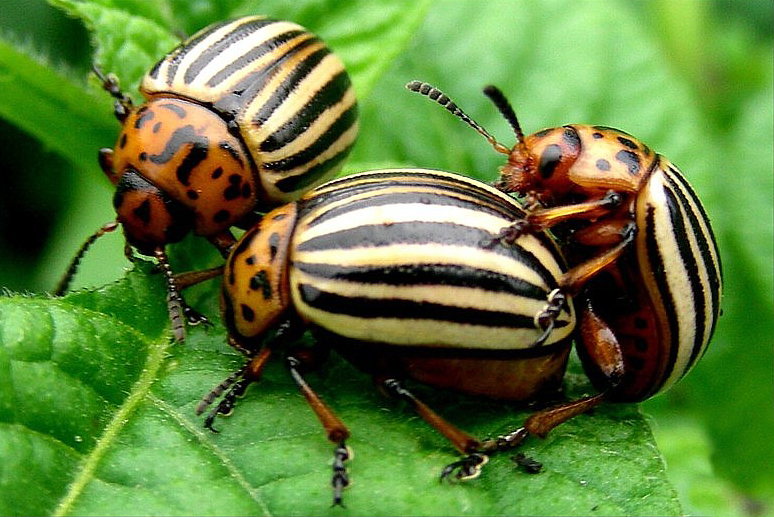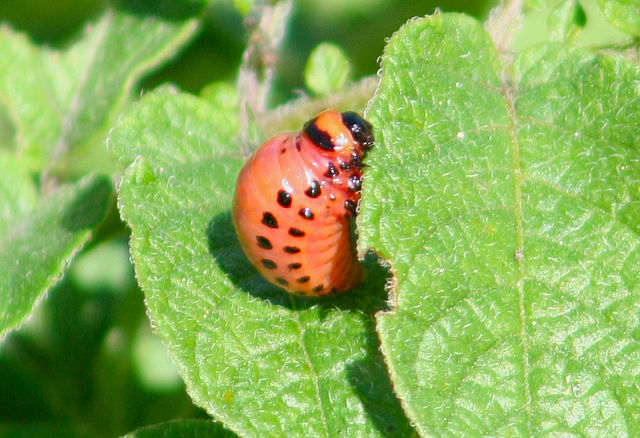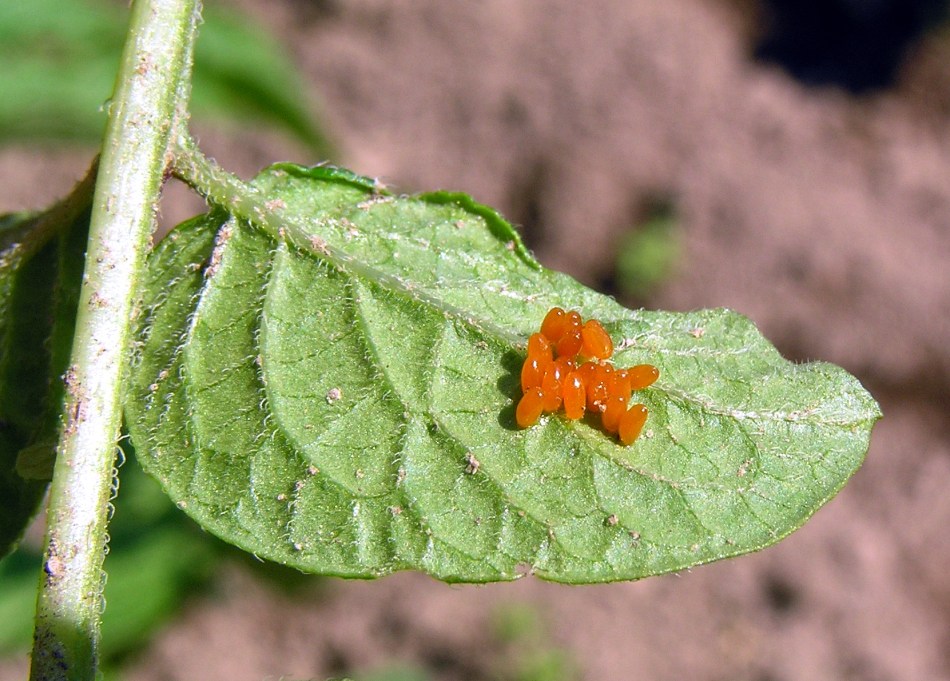- Joined
- May 29, 2020
- Messages
- 5,174
I don't know if the little critters like light beer as it is the yeast and sugars that draw them in.


 Adult potato beetles.
Adult potato beetles. Larva.
Larva.








 Potato beetle eggs.
Potato beetle eggs.Enter your email address to join: